Transforming Smiles: The Magic of Veneers Before and After
- Sep 10, 2024
Introduction
Dental veneers are thin laminates that are customized according to the shape of your teeth and are designed to cover only the outer surface of the teeth. Dental technicians use some of the finest quality porcelain materials for the fabrication of veneers. Veneer teeth are very light, shell-like structures designed to transform the smiles of the patients. Veneers are perfect for transforming smiles, as showcased in the impressive veneers before and after results. Veneers are used to treat the following teeth issues:
Correct mild teeth alignment issue
Minor spacing in between teeth
Shade corrections in the teeth
Resolve slight chipping or cracks in the teeth
Beautifying the smile
Difference between veneers and crowns
As discussed, the purpose of veneers is to fix only the outer surface of the teeth and improve the aesthetics of the teeth; it entirely differs from dental crowns in terms of tooth surface coverage. Teeth crowns are planned by dentists when the teeth need extra strength or if they get damaged and weak. Dental crowns provide protection to the teeth from high forces on the teeth. Dental crowns are planned by dentists to provide strength to damaged or weakened teeth. They offer protection against strong forces and ensure the longevity and good health of the affected teeth.
Types of Dental Veneers
Composite Veneers
These are made from resin which is tooth-coloured. It can resolve minor aesthetic issues.
Porcelain Veneers
These are very durable and of very superior quality. Porcelain veneers require some amount of enamel removal so that they can fit well.
No-Preparation Veneers
In no-prep veneers, very minimal preparation of teeth enamel is needed to fix them.
Removable Veneers
These types of veneers are also known as snap-on veneers. You can take these out any time; however, they might affect eating and speaking.
Consult your dentist to confirm which type of veneer is most suitable for your needs.
Procedure for Dental Veneers
Initial visit: Your dentist does a thorough check-up of your teeth and gums to check if you are the right candidate for dental veneers.
Teeth Preparation: After proper treatment planning and consultation, the dentists need to remove small amounts of teeth enamel to place the veneers.
Impressions: Upper and lower arch measurements are taken by the dentist so that veneers can be customized to fit the patient well.
Temporary Veneers: The dentists place these on your teeth temporarily while you wait for the final veneers to be ready. Dental technicians fabricate these veneers in the dental laboratories, and it might take around 1-2 weeks for the veneers to be made.
Second Appointment (veneers trial): After the veneers are ready, your dentist checks the shape, size, shade, and fitting of the veneers in the second appointment.
Fixing the veneers: Veneers are permanently attached using dental cement.
Adjustments: Your dentist then confirms that after the veneers are fixed on your teeth, you can bite well and have no discomfort in chewing your food. Most importantly, the dentist ensures that you are happy with this new transformation of your smile with dental veneers.
Advantages of Dental Veneers
Veneers enhance your smile and improve your looks.
Veneers are rarely noticeable by people as they align smoothly with the teeth, giving them a more natural look.
Veneers are resistant to stains when compared to natural enamel.
Veneers do not involve any complex procedure and need no special maintenance; only basic hygiene methods need to be followed on a regular basis.
Veneers can last easily for up to 10 to 15 years with proper care.
Disadvantages of Veneers
Some amount of enamel loss is unavoidable in the case of treatment with dental veneers.
Treatments with dental veneers are not reversible, as dentists have to remove the required amount of enamel for veneers to be placed in.
Sometimes, there can be mild to moderate sensitivity when there is intake of very hot or cold food. It depends on how much enamel has been removed by the dentist. Minimal preparation of enamel will have lesser sensitivity.
Since veneers are extremely thin, there can be a possible risk of the veneers falling off when high biting pressure is applied to the front teeth.
As dental veneers are cosmetic treatments, these are generally not covered by dental insurance.
Maintenance and Care
Brush your teeth twice every day and clean your teeth manually with dental floss after every meal. Use a soft-bristled toothbrush and brush gently using fluoridated toothpaste to maintain your oral health well.
Cut hard foods into smaller pieces and then consume them, as it will not put pressure on the veneers and thus prevent them from cracking.
Limit dark-coloured foods and drinks to prevent staining and discolouration. For example - wine, coffee, etc.
Avoid opening packages or tearing items with your teeth.
Schedule routine follow-ups and teeth cleaning visits, as guided by your dentist.
When can you see your dentist next?
You can see your dentist anytime if you're not satisfied with your treatment or have discomfort related to your veneers or other dental issues. It is also advisable to get a follow-up done every 4-6 months so your dentist can ensure the fit of your veneers and address any potential problems early.
Case Study Discussion with Dental Veneers
Case 1

Need content change as per the case
The following picture shows a teeth discoloration issue in the upper front teeth. The dentist plans to design the smile of this patient by transforming it with dental veneers. The dentist follows all the procedures of doing a check-up, preparing the teeth, taking measurements and placing the dental veneers in the upper front teeth, followed by the temporary veneers in the waiting time.
We can see the results in the before and after photographs, where the teeth look completely transformed after the treatment with teeth veneers, and even the smile and the aesthetics are enhanced after the treatment.
Case 2

The patient above has yellowish teeth and a chipped front tooth. The dentist told them to get dental veneer to improve their smile. The transformation was striking.
The before-and-after photos show the teeth shape and size restored. The veneers blended well with the chipped tooth. The treatment beautifully enhanced the patients' smile and resolved their concerns.
Dental veneers are one of the transformative solutions for beautifying smiles, addressing aesthetic concerns like teeth discolouration, chipping, and alignment. With various types available and a quick procedure, they can significantly boost patients' confidence by enhancing their appearances. However, it is very important to consult with your dentist to find the best option for your needs.








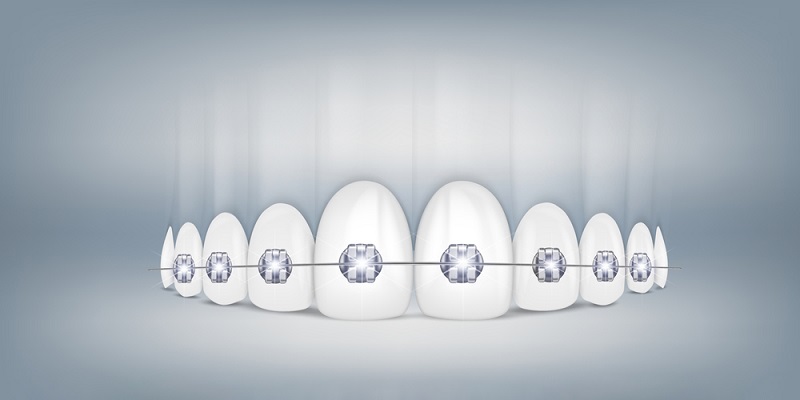









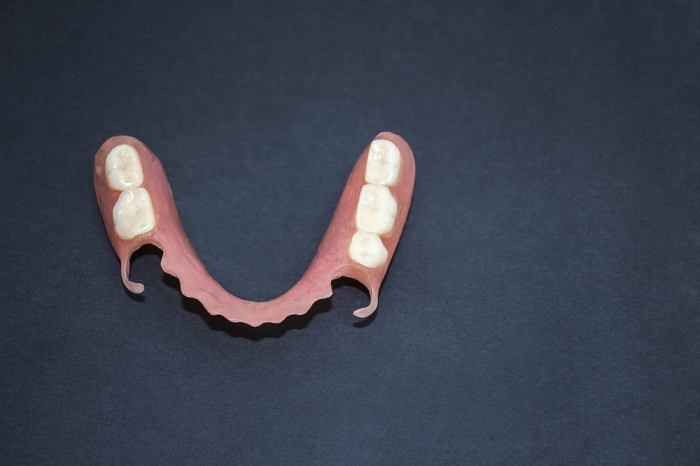
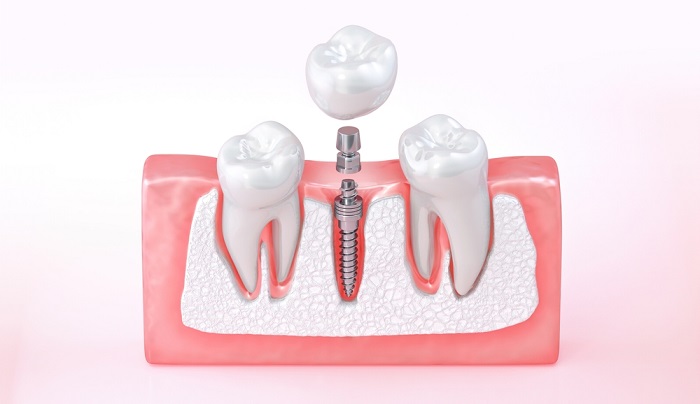
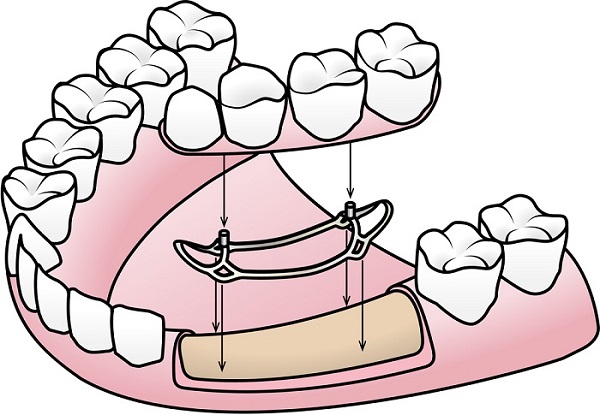





















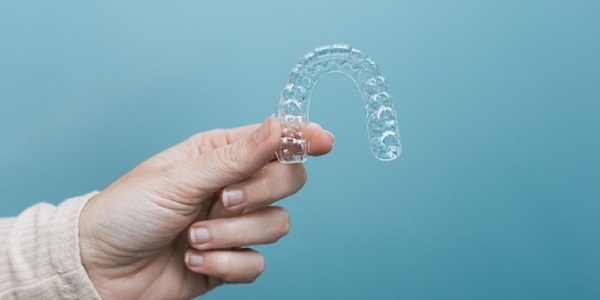







.jpg)
.jpg)
